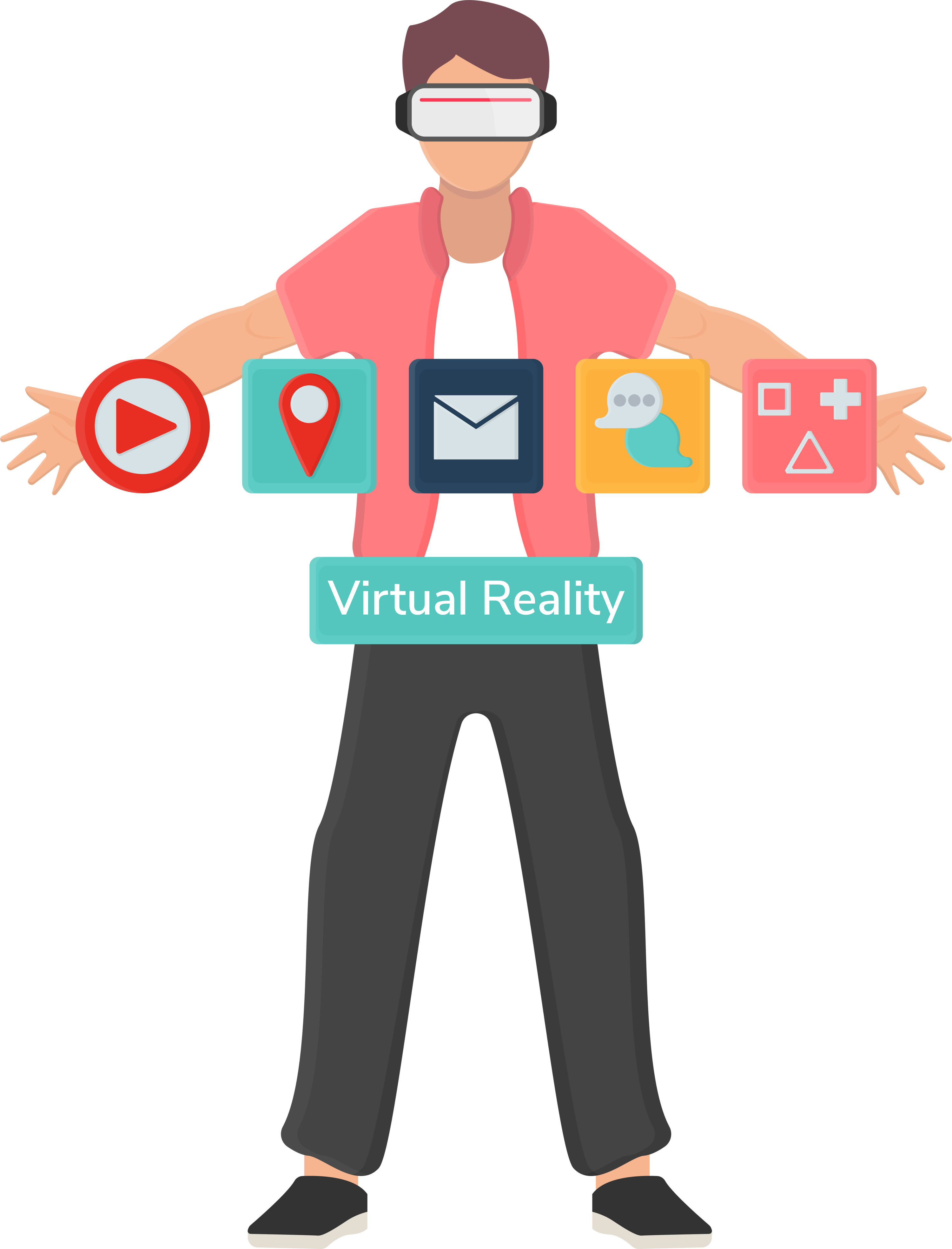What is the process of creating virtual reality content?
Virtual reality (VR) has revolutionized the way we experience digital content, transporting us to immersive, interactive worlds that blur the boundaries between reality and imagination.
From gaming and entertainment to education, training, and beyond, virtual reality offers endless possibilities for storytelling and engagement. But have we ever wondered about the intricate process behind the creation of these captivating VR experiences? We’ll take a deep dive into the process of creating virtual reality content. From the initial conceptualization to the final deployment, we’ll explore the essential steps involved in bringing VR experiences to life.
Conceptualization and production
Creating virtual reality content begins with a solid conceptual foundation and a comprehensive preproduction phase. Let’s explore the process of creating a virtual art gallery as an example.
Conceptualization
The conceptualization phase involves defining the goals and objectives of the VR experience, aiming to provide an immersive platform for art enthusiasts to explore and appreciate various artworks. A storyboard is then developed, outlining key scenes and interactions within the virtual art gallery to visualize the structure and flow of the experience.
Preproduction
In the preproduction phase, a multidisciplinary team collaborates to bring the concept to life. Artists create virtual artworks, designers and developers build the immersive environment and interactive elements, and writers contribute engaging narratives or descriptions. This phase also involves asset creation, designing and optimizing 3D models of art pieces, exhibition spaces, and interactive elements. The combined efforts of conceptualization and preproduction ensure a clear vision, meticulous planning, and the necessary assets for a compelling VR experience.
Production and coding
The production phase involves capturing or creating media elements like 360 degree photos, videos, or CGI animations. Specialized VR cameras or software tools are utilized for this purpose. The designed assets and models from preproduction are implemented into the VR environment. In the coding and programming phase, developers create the underlying software and code necessary for interactivity, user input, and navigation within the VR experience. They also integrate audio, visual effects, and other immersive elements. Rigorous testing and optimization ensure smooth performance and compatibility across platforms. By combining the production process of capturing or creating media elements with the coding and programming phase for interactivity and immersion, creators bring the virtual art gallery to life, providing a captivating and engaging VR experience.
Testing, optimization, and deployment
After the production and coding phases, the VR content undergoes testing, optimization, and deployment.
Testing
Thorough testing is conducted to identify and address any bugs, glitches, or performance issues. Feedback is gathered from testers or the target audience to improve the user experience and address usability concerns. Design, content, and functionality are iterated based on user feedback and testing results.
Optimization
The VR experience is fine-tuned, including visuals, audio, and user interface elements. Optimization is performed to ensure smooth performance and compatibility across different VR platforms and devices. Quality assurance checks are conducted to ensure that the VR experience meets the desired standards and objectives.
Deployment
The deployment method for the VR content is determined through various means, such as app stores, online platforms, or dedicated VR devices. The necessary files, packaging, and metadata are prepared for distribution. Finally, the VR content is deployed to the intended platforms or devices, making it accessible to users.
Wrap up
Popular VR development frameworks like Unity and Unreal Engine are utilized in the process of creating VR content, offering powerful tools and resources. Advancements in AI are shaping the process, with AI-powered tools streamlining content generation, character animation, and interactivity. As technology evolves, new frameworks, programming languages, and AI technologies will emerge, enabling creators to push the boundaries of immersive VR experiences.
Free Resources
